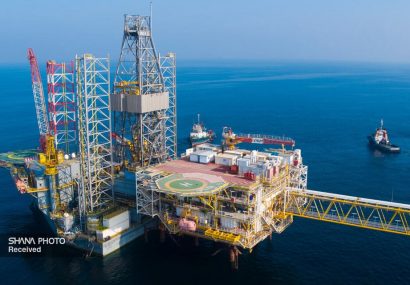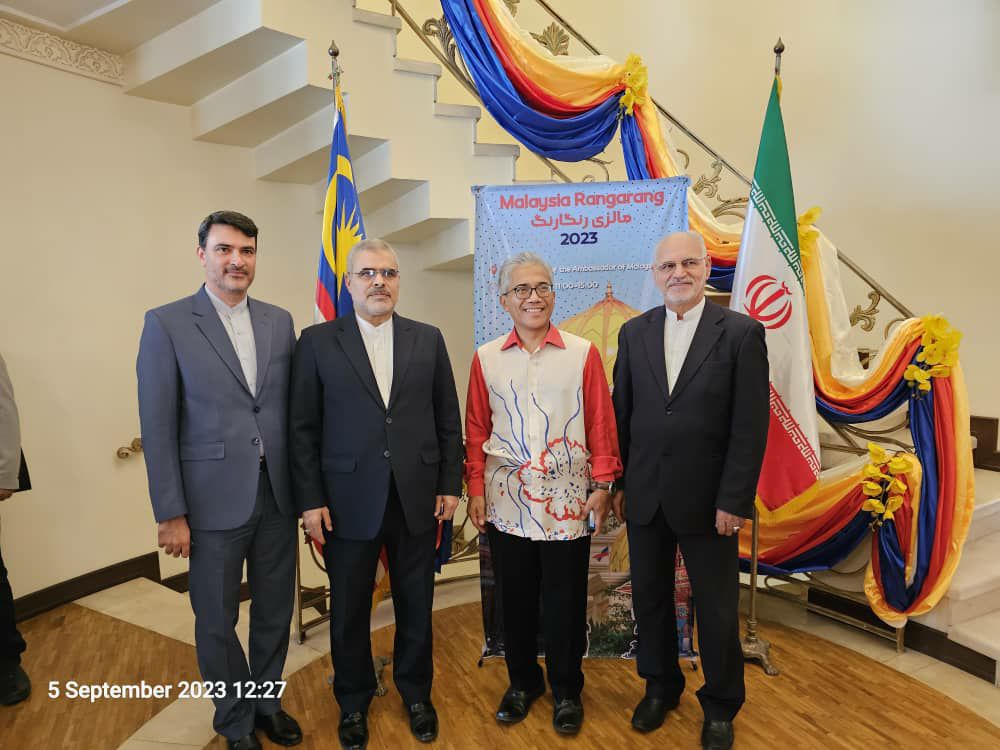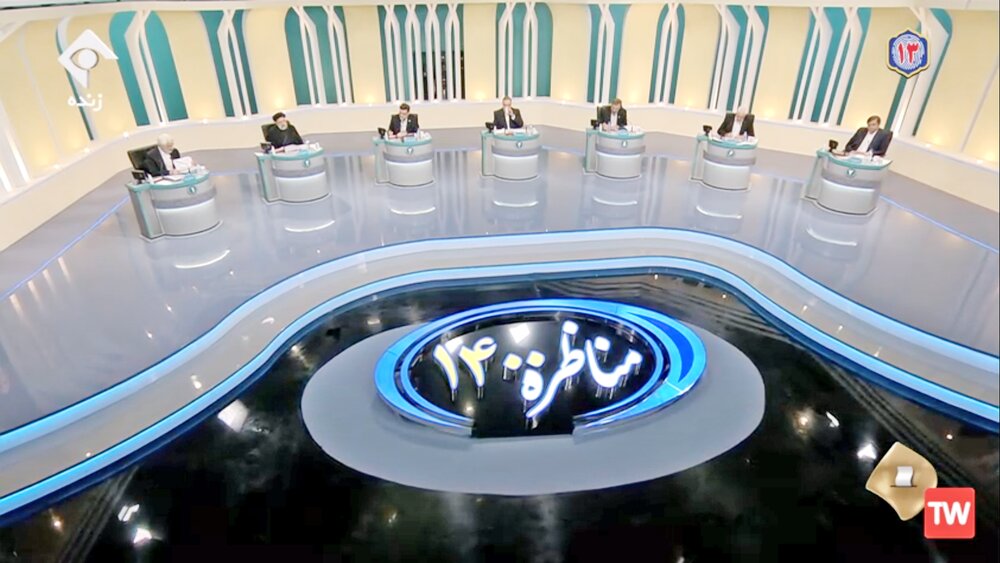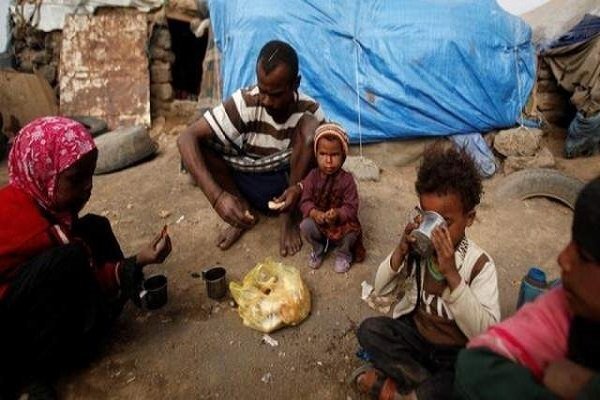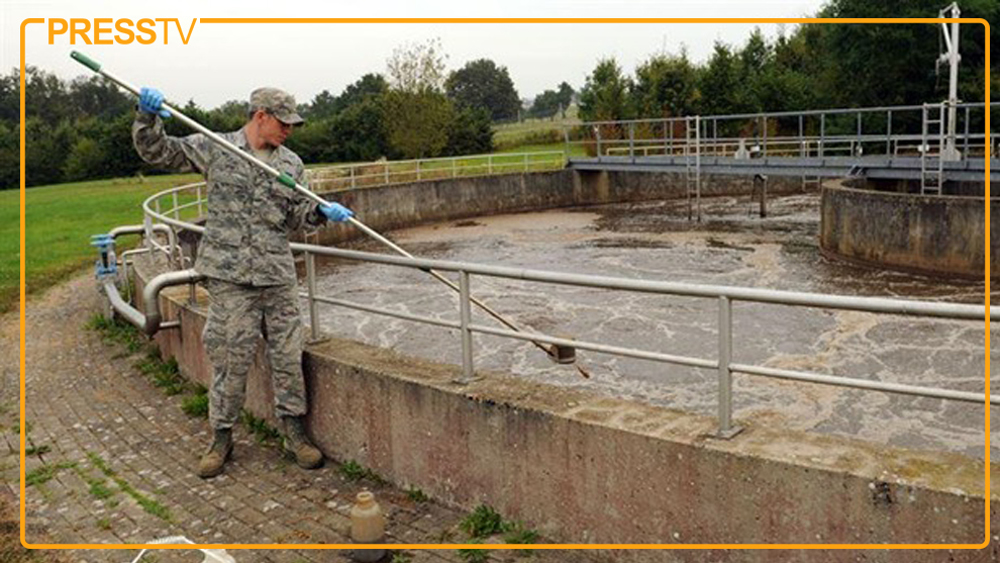Gas Condensate Exports to Halt for Two Years
TEHRAN (Iran News) Speaking at a meeting with members of the Iranian Parliament’s Special Commission on Production Growth, Sakhavat Asadi revealed that South Pars Gas Complex is implementing a €200 million project aimed at minimizing gas flaring. By the end of 2025, the volume of flared gas is expected to drop below 5 million cubic meters per day.
The Pars Special Economic Zone, spanning 54,000 hectares, is Iran’s largest economic zone. It consists of Pars 1 (Asaluyeh) and Pars 2 (Kangan), while the development of Pars 3 (Northern Pars) has yet to begin.
Currently, eight refineries and 22 petrochemical plants are operational in Pars 1, while five refineries and 12 petrochemical projects are under construction in Pars 2. One petrochemical plant is already operational in this section.
South Pars is one of the world’s largest gas fields, covering 9,700 square kilometers, with one-third of it belonging to Iran and the remaining portion extending into Qatari territory. Iran has now surpassed Qatar in daily production, extracting 716 million cubic meters of gas per day from South Pars platforms.
Asadi reported that over 710,000 barrels of gas condensate are produced daily in South Pars. Of this, 450,000 barrels are transported via a 480-kilometer pipeline to the Persian Gulf Star Refinery in Bandar Abbas for gasoline production.
Since 2017, Iran’s gas production from South Pars has exceeded Qatar’s, though Qatar retains a higher cumulative extraction due to its earlier start. To date, $90 billion has been invested in upstream projects at South Pars, with each new phase requiring $5.6 billion in funding.
Currently, 76,000 employees work permanently in companies across the Pars Special Economic Zone, with an additional 15,000 to 20,000 temporary workers engaged in ongoing projects.
Pars accounts for the largest share of exports among Iran’s free trade and special economic zones. The region’s petrochemical capacity stands at 46 million tons, making up 48% of Iran’s total petrochemical production. If ongoing projects are completed, this figure could rise to 90 million tons.
In the past, Iran flared 12 to 13 million cubic meters of gas per day, but this figure has now been reduced to 8 million cubic meters. The current project, which is 60% complete, aims to bring flaring levels down further.
Additionally, a recent auction awarded four companies the rights to process associated gases, injecting methane into the national grid and utilizing other gases for various industrial purposes.
With continued investment and infrastructure development, Iran aims to maximize domestic gas processing and petrochemical production while reducing environmental impact. The suspension of gas condensate exports aligns with this long-term strategy to enhance self-sufficiency and economic growth in the energy sector.
- source : IRAN NEWS ECONOMIC DESK


